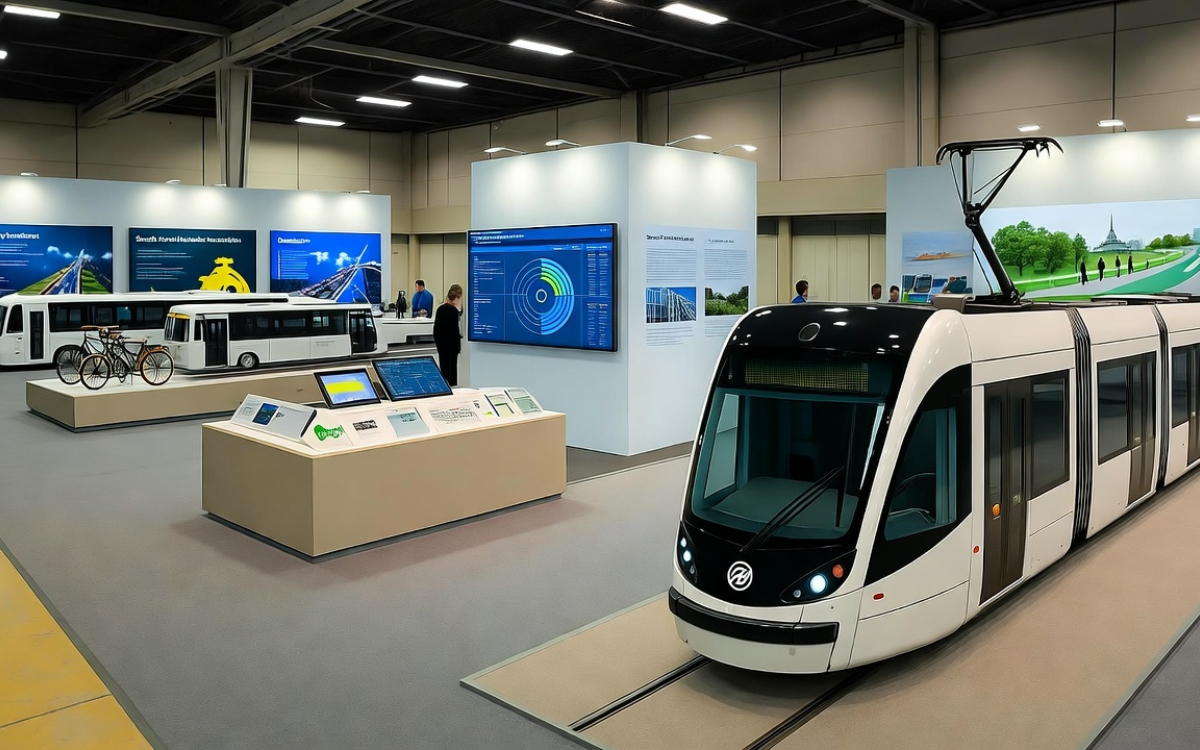


Turning our backs on the car

When I turned 18, one of the first things I did was get my driving license. At the time, during the ‘90s, it was a rite of passage into adulthood. As my friends and high school classmates took the step, they were seen differently by their peers. They had achieved independence and the envy of those not yet old or resourceful enough to get into the driver’s seat of their first car. Events like these marked my generation’s transition to adulthood.
However, current statistics show that young people are increasingly choosing to forgo getting their driving license. It is no longer fashionable or a determining factor for them. Buying or maintaining a car has become a luxury they can no longer afford or are interested in.
And it’s not only the younger generation. Personally, as the years go by, I find it more and more unpleasant to get behind the wheel of my car and face daily traffic jams, roads in need of urgent maintenance, and an increase in the number of vehicles on the roads. Not to mention the costs involved, not only in buying but also in maintaining a car. From the moment you walk out of the dealer's door, the car starts losing value. And then there’s insurance to pay for and the relentless rise in fuel prices.
Some time ago, I made the decision to avoid, as far as possible, using my private vehicle for my daily commute. I live in a big city, so, fortunately, I have a wide range of public transport options at my disposal, like the train or bus.
But it’s still a problem when I have to travel to places where public transport is not so good. Places that are not accessible, with low bus or train frequency, or with a complicated layout that makes walking unappealing. In some of these places, discovering demand-responsive transport (DRT) has meant a significant change for me in terms of quality of life. It’s easy to use, and I also have the possibility to get to know the driver. I only hope that the service will be extended to other places I frequent that, currently, I can only access by car.
I am excited to think that, in a relatively short period of time, more and more neighborhoods, isolated villages, and industrial and service parks will opt for this solution, which not only reduces the number of vehicles on our roads and our carbon footprint, but also has an impact on my pocket: Directly by avoiding vehicle maintenance costs, and indirectly, saving taxpayer’s money by replacing traditional, highly subsidized fixed-route-and-schedule lines with fully flexible, sustainable and on-demand alternatives.
Like many people, I have reached a point where I want to stop using my car. I’m ready for the future; ready for on-demand mobility.
Popular posts
20.12.22
Giving road rage drivers peace of mind
By choosing on-demand transport, we can help reduce the number of cars on our roads and cities. And, at the same time, achieve much more peaceful, quiet, and livable neighborhoods where reckless and rage driving will have no place.
Jonàs Ramírez
27.10.25
Shotl at Smart City Expo 2025
Shotl will attend Smart City Expo World Congress 2025 in Barcelona to connect with mobility leaders, share insights on demand-responsive transport, and explore new collaborations for smarter, more sustainable urban mobility.
Rocío Goldín
25.11.19
Shotl Increases Public Transport Ridership in Italian City
Providing frequent and cost-effective public transport in scattered residential areas is a challenge. But success stories do exist. Like our fully functional operation in the city of Vimercate, located in Italy’s northern Monza province.


